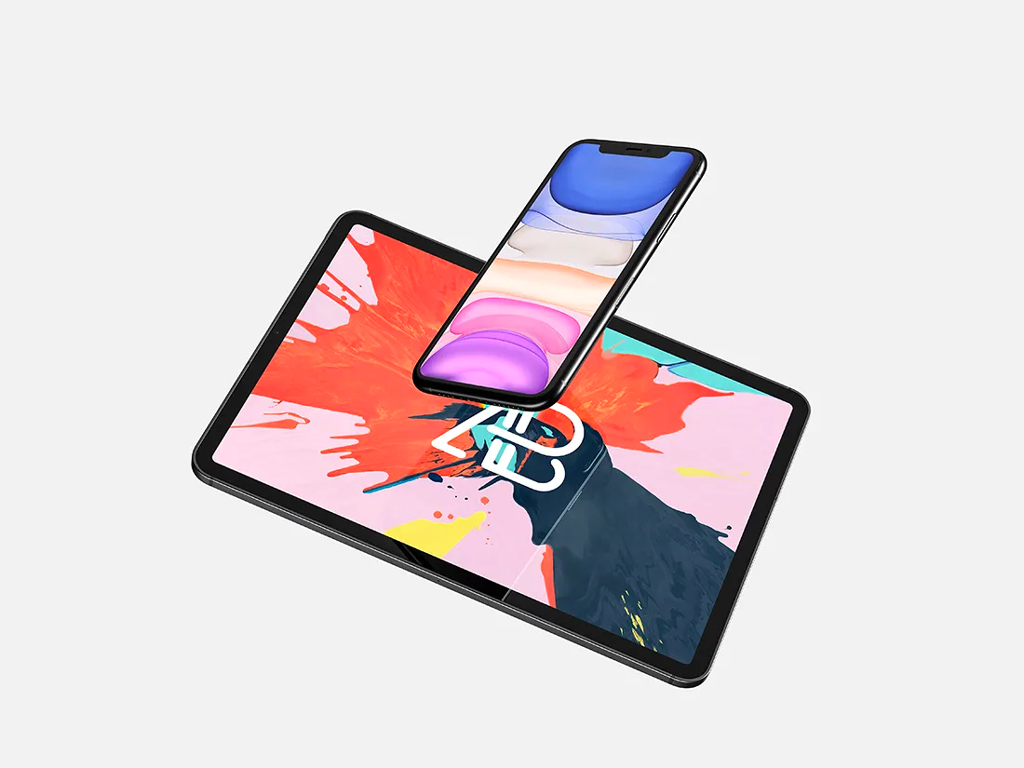

- #Ipad pro video formats mp4#
- #Ipad pro video formats software#
- #Ipad pro video formats trial#
- #Ipad pro video formats download#
YouTube supports WMV, and Apple users can view these videos, but they must download Windows Media Player for Apple.ĪVI (Audio Video Interleave) works with nearly every web browser on Windows, Mac, and Linux machines. This format file was developed by Microsoft for the Windows Media Player. WMV (Windows Media Viewer) files offer good video quality and large file size like MOV. MOV files use Apple’s proprietary compression algorithm. These files tend to be on the larger side. MOV (QuickTime Movie) stores high-quality video, audio, and effects.
#Ipad pro video formats mp4#
MP4 works well for videos posted on YouTube, Facebook, Twitter, and Instagram. It is often used to store video and audio, but can be used to store other data like subtitles and still images. MP4 (MPEG-4 Part 14) is the most common type of video file format. Here are some of the most popular options: There are many different types of video formats you can use.
#Ipad pro video formats trial#
Your file will be encoded at the best settings for the chosen platform, so there are even fewer settings to worry about.ĭownload a free trial of Camtasia and get started!ĭownload What are the different types of video formats? Or, cut out the middleman and skip having to determine an output all together by sending your video directly to a cloud platform like Google Drive or YouTube. All you need to do is pick a preset for the resolution of your video and a folder in which to save it. To make things simple and eliminate the guesswork, many video editors have presets for exporting with ideal settings.Ĭamtasia, for example, has multiple MP4 outputs. If you’re unsure, an MP4 will work for just about any platform.

If you’re creating a video for a client, always check to see if they have any specific file type needs. Occasionally, you may need to use a different container depending on where you plan to host your video. When exporting a video for the web, MP4 will be your best bet! When it’s time to export your video after editing, you’ll most likely be tasked with choosing a file type (container). Modern video editors will be happy to accept all kinds of containers, especially from well-known camera brands. mov to the memory card, however, our Canon camcorders can do AVCHD or MP4, which can be changed in the camera settings menu. Oftentimes, your video camera will determine the container for your original video file as well. avi, but there are many more.Īudio actually uses its own codecs. Popular video (visuals only) containers include. It’s common for a container to be called a file extension since they are often seen at the end of file names (e.g. A container is the file that contains your video, audio streams, and any closed caption files as well. When talking about video file types, most people are referring to file containers. Larger files on their own may be no problem, but when multiplied by the size of the audience, it can cause bandwidth problems that affect internet service providers and users. Be aware that the higher the bit rate, the larger the file size. The higher the bit rate, the less compression, which results in higher quality overall. It is also important to note the bit rate, which refers to the amount of data stored for each second of media that is played. The most common codec includes h.264, which is often used for high-definition digital video and distribution of video content. The codec of your original video file is often determined by your camera or screen recorder, which you may or may not have control over in your camera settings. Compression is your friend! In order to compress a video, your file must also have a corresponding codec. It gives you much smaller file sizes with minimal quality loss. While the word “compression” can conjure images of pixelated video, the process is both necessary and efficient with modern digital cameras. It can digitize and compress an audio or video signal for transmission and convert an incoming signal to audio or video for reception.
#Ipad pro video formats software#
You may have heard the phrase video codec when referring to video files.Ī codec is simply the software that compresses your video so it can be stored and played back.

Let’s dig into this and try to simplify things by the end of this post! Codecs (for compression) While there are a plethora of video file types, which consist of codecs and containers, choosing the right one doesn’t have to be complicated - but it certainly can be.


 0 kommentar(er)
0 kommentar(er)
